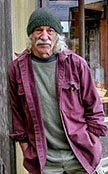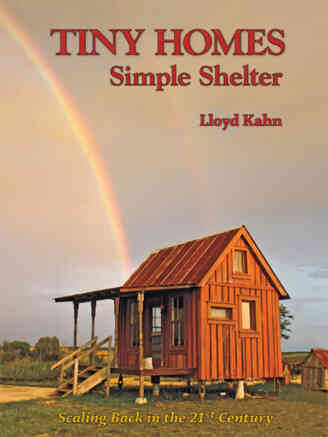World’s largest log cabin, the Forestry Building in Portland, Oregon. Built in 1905, burned down in 1964.
@lostfoundartny
Full details (from Shari Dell): rarehistoricalphotos.com/


World’s largest log cabin, the Forestry Building in Portland, Oregon. Built in 1905, burned down in 1964.
@lostfoundartny
Full details (from Shari Dell): rarehistoricalphotos.com/
The buildings in La Guajira, especially housing, present structural and thermal comfort problems due to the current construction materials and the underutilization of available resources in the area. Insu-ram is a system of assemblable clay blocks inspired by the cells in the elytra, or hardened wing covers, of certain beetles that allow internal air flow to circulate. Insu-ram cools and insulates a space from external heat without the use of machines and incorporates local biodegradable materials, such as rammed earth, clay, and manure to eliminate the concept of waste. The external pattern of the block generates a micro-shading effect and reduces the solar contact surface. It can be produced locally, at a low cost, is easy to replicate, and helps to solve the housing deficit in the area, while offering a way to build thermally comfortable houses in a fast, cheap, and efficient way.
Bogotá, Colombia
biomimicry.org/solution/Insu-Ram
From Rouanna Garden
Lloyd,
Just looking at your blog and reminiscing. I’ll include my first house that was inspired by your first book. I built it in the woods outside Chapel Hill NC. I stretched burlap over the frames and sprayed it with watered-down cement. The area was many acres of owner-built alternative architecture. (The book “12 by 12” is about a little house that was on the next street over.) The funny thing about my little house is, years later I was traveling through the area and went by to see what it looked like. Astonishingly (to me), it had been turned into an upscale suburban sea of split-level homes but the one on my old lot had kept the little yurt and was using it for a pool house.
Since those days, I have built 6–8 houses; the most recent was in a community called City of the Sun in southern New Mexico primarily out of papercrete.
Thank you for all you have done to inspire countless dreamers.
–Bob Cook
Back in the ’60s, my architect hero was Bernard Maybeck who, along with architect Julia Morgan, designed a series of wonderful Bay Area buildings. One of Maybeck’s experiments was “Bubblestone,” making a wall by hanging burlap bags that had been “…dipped into a frothy mix of concrete and then hung, shingle-style, onto exterior walls.”
Reference for above quote: patch.com/california/berkeley/bp–architect-bernard-maybeck-and-his-experiments-witac2f59eef0
Hi Lloyd,
 I saw your email address in today’s Instagram pics of the Muir Beach tractor, and thought I’d send you some photos of a little shed I made in our backyard, when we lived in Chico [California], eight years ago. I got the idea from the cover of your Tiny Homes: Simple Shelter. I love that book!
I saw your email address in today’s Instagram pics of the Muir Beach tractor, and thought I’d send you some photos of a little shed I made in our backyard, when we lived in Chico [California], eight years ago. I got the idea from the cover of your Tiny Homes: Simple Shelter. I love that book!
For some reason, I can’t find a picture of my completed shed, with the door installed. I used to love to sit on that little porch, in the early evening, with a beer and a great view of my garden.
We’ve moved to Sandpoint, in North Idaho, and love it. Life is good Lloyd! Keep those pictures coming.
Cheers ~ Rich
When Americans Lived in Tree Stumps:
www.messynessychic.com/2019/07/30/when-americans-lived-in-tree-stumps
Treehouses in Japan built by Yuichi Takeuchi. Yuichi visited us here in 2015. He’s an artist, carpenter and treehouse builder. He said he’d been heavily inspired by our book Shelter. He was making a movie called Simplife and interviewed me.
Today I was working on a camper van he built for skiing in Japan for our forthcoming book Rolling Homes, and I came across his treehouses, which can be found at www.treeheads.com.
This photo and a bunch of other interesting builds from our friend in France, architect/builder Tomas Strac (see previous post) at: